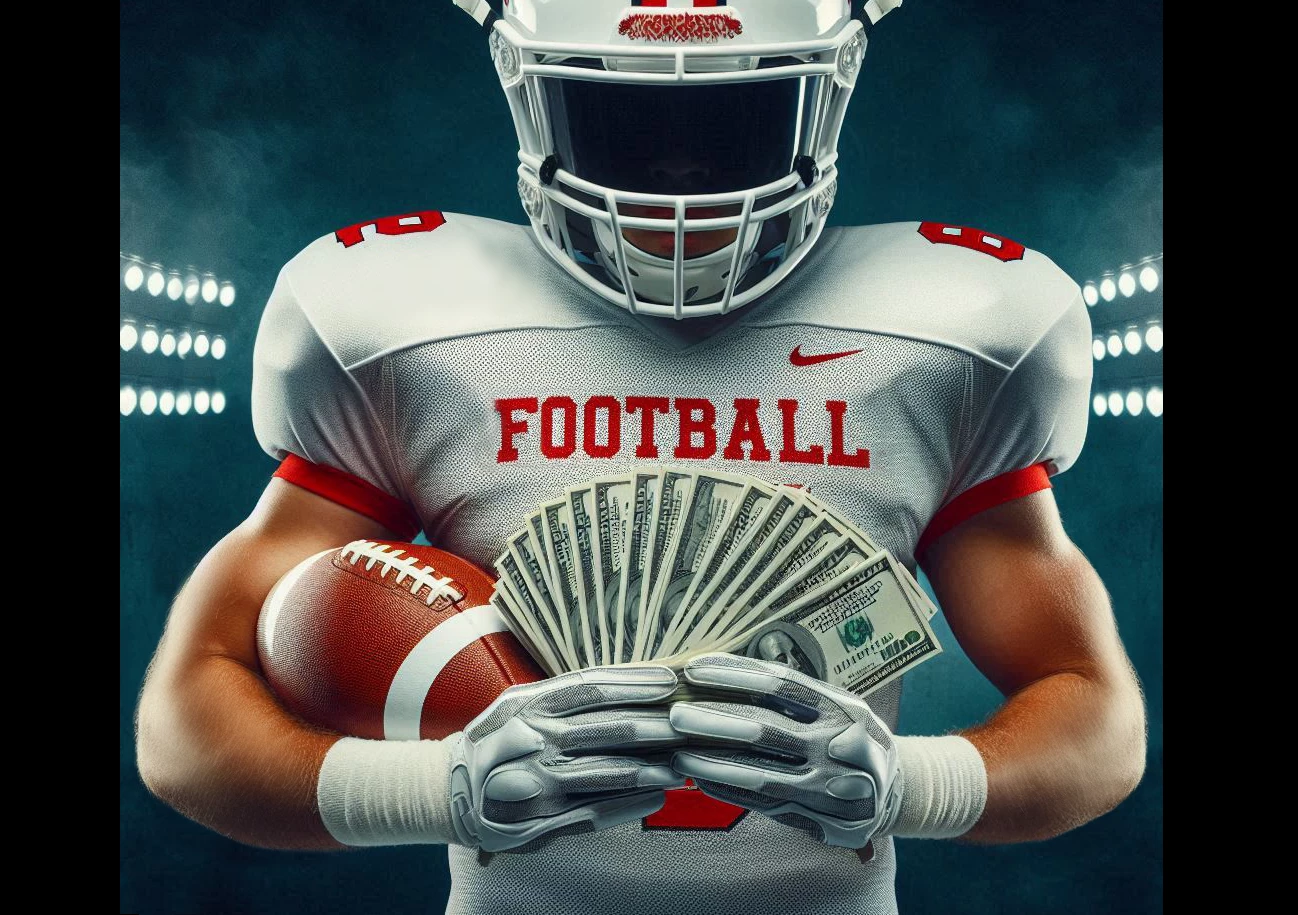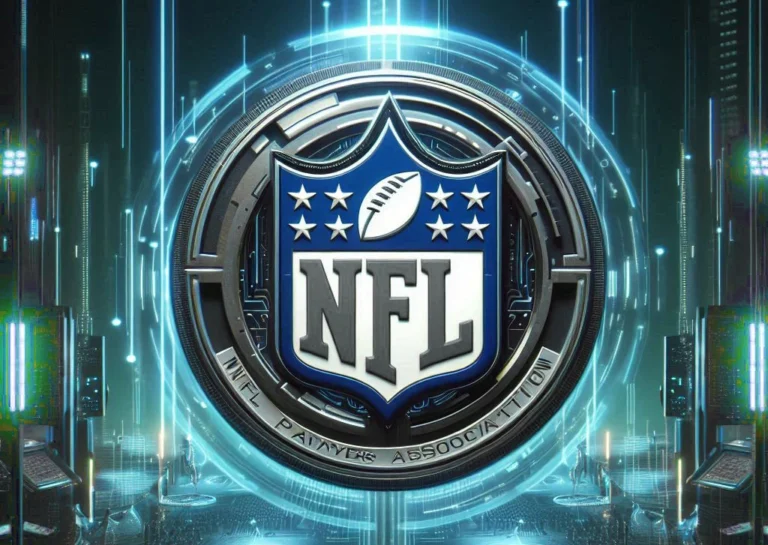College sports could face major financial challenges in dealing with the the NCAA’s recent landmark antitrust settlement. Starting as early as 2025, power conference schools will be allowed (and required from a competitive standpoint) to share at least 20% of their athletic department revenue with players – upwards of $25 million per year in additional expenses. The budgetary squeeze will be felt by even the wealthiest athletic departments in the Power Five. Some schools may have to drop or defund some of their non-revenue programs to compete in football.
The matter is further complicated by Title IX laws which require equal opportunity for male and female athletes at public schools. One of the key concerns is how to equitably distribute revenue across the various mens’ and womens’ sports programs. Football and men’s basketball generate the lion’s share of revenue, so it’s logical for those athletes to receive a larger share. A proposed 90% of the recent $2.8 billion settlement will be distributed to football and basketball players, which could set a precedent for how future revenue is shared. But Title IX could interfere with those plans and potentially lead to more lawsuits – all of which would have to be settled on a case-by-case basis in the courts.
The constant battle with ever-increasing lawsuits is why the NCAA and its member schools are practically begging Congress for help – not just Title IX protection, but also antitrust exemptions and preventing players from being classified as employees. And without any legislative help from Capitol Hill, college sports will likely have a very tough road ahead.




